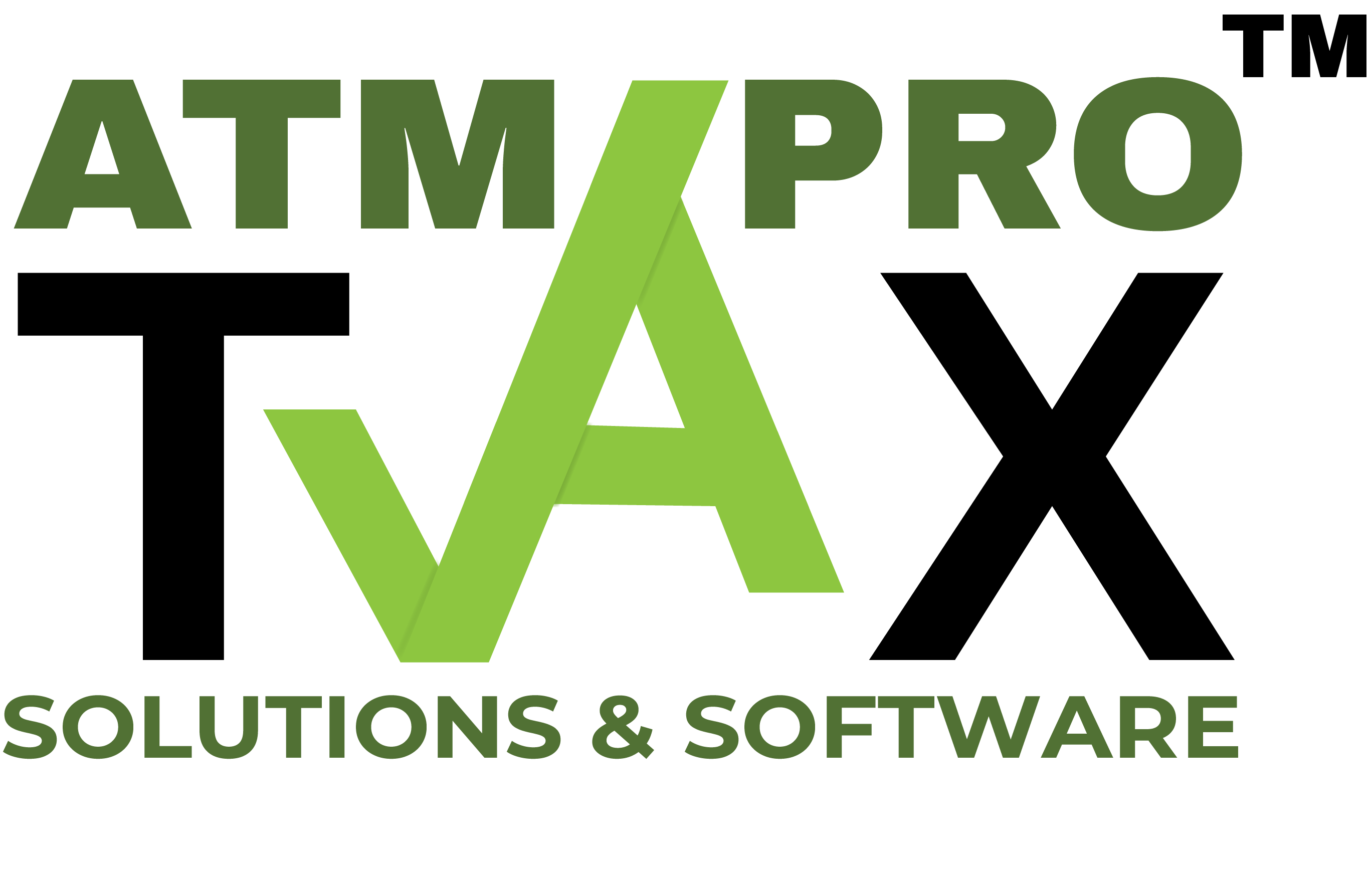Educational Center
ATM Tax Pro Solutions Educational Center will provide answers to your queries.
- What Is a Dependent Exemption?
- What Does Adjusted Gross Income Mean?
- Income Tax Return Amount Due Meaning
- Business Taxes
- What Is a Commission?
- Direct Deposit Definition
- What Is Direct Tax?
- Earned Income Definition
- What Is the Earned Income Tax Credit?
- Electronic Return Originator Meaning
- What Is a Flat Tax?
- What Is an Injured Spouse Claim?
- What Does IRS Innocent Spouse Relief Mean?
- What Is Property Tax?
- Tax Deficit Meaning
- Electronic Filing
- Employee Taxes
- Excise Tax
- Tax Exempt
- Compulsory Filing of Income Tax Return
- Gross Income Meaning
- What Are Exemptions on Tax Returns
- Test to Become a US Citizen
- What Is Head of Household
- What Is Federal Income Tax?
- What Is an Authorized E-File Provider?
- Who Needs to File a Tax Return?
- Learn All About Financial Records
- What Is An Offer in Compromise and What Does It Mean?
- What Does Non Collectible Status Mean?
- What Is a Federal Tax Lien?
- Benefits Received Principle Definition
- Ability to Pay Definition
- Bonus Definition
Federal income tax is the tax that the IRS (Internal Revenue Service of the United States) charges annually on individual earnings, as well the income of trusts, corporations, and other entities. Income can be from jobs, investment capital gains, and many other sources. The federal tax is separate from state income tax.
Federal income tax is the biggest source of US government revenue. The federal government uses it to fund programs ranging from infrastructure projects to disaster relief to education. It also pays government workers, sends relief to the poor, funds special projects like space exploration, and much more.
How Much Is Federal Income Tax?
Federal income tax is calculated yearly based on a percentage of your income. What percentage is used? This depends on the tax bracket you are currently in, which is based on your income level. Tax law changes each year, so these numbers can be different from one year to the next. For 2020 taxes, for example, these are the percentages of income you pay in tax and the income amounts that put you in that bracket:
10%
Single (and Married Filing Separately): $0–$9,875
Married Filing Jointly: $0–$19,750
Head of Household: $0–$14,100
12%
Single (and Married Filing Separately): $9,876–$40,125
Married Filing Jointly: $19,751–$80,250
Head of Household: $14,101–$53,700
22%
Single (and Married Filing Separately): $40,126–$85,525
Married Filing Jointly: $80,251–$171,050
Head of Household: $53,701–$85,500
24%
Single (and Married Filing Separately): $85,526–$163,300
Married Filing Jointly: $171,051–$326,600
Head of Household: $85,501–$163,300
32%
Single (and Married Filing Separately): $163,301–$207,350
Married Filing Jointly: $326,601–$414,700
Head of Household: $163,301–$207,350
35%
Single (and Married Filing Separately): $207,351–$518,400
Married Filing Jointly: $414,701–$622,050
Head of Household: $207,351–$518,400
37%
Single: $518,401+
Married Filing Jointly: $622,051+
Head of Household: $518,401+
Married Filing Separately: $311,026+
One other nuance of the federal income tax system is that you owe a given percentage of tax only on the income within that bracket. For example, a single person who earned $30,000 during 2020 would owe 10% on the first $9,875 of her income and 12% on her income between $9,876 and $30,000.
Contact the Experts at ATM Tax Pro for All of Your Tax Needs
Now the next time someone you know asks, “What is federal income tax?” you’ll have a few interesting things to say. Education is a big part of what ATM Tax Pro is all about, along with expertly preparing and filing your taxes and helping you resolve back taxes.
If taxes are confusing to you, make sure that yours are filed correctly and that you don’t incur penalties. Contact us to file your taxes with ATM Tax Pro and get advice on any other tax needs.
